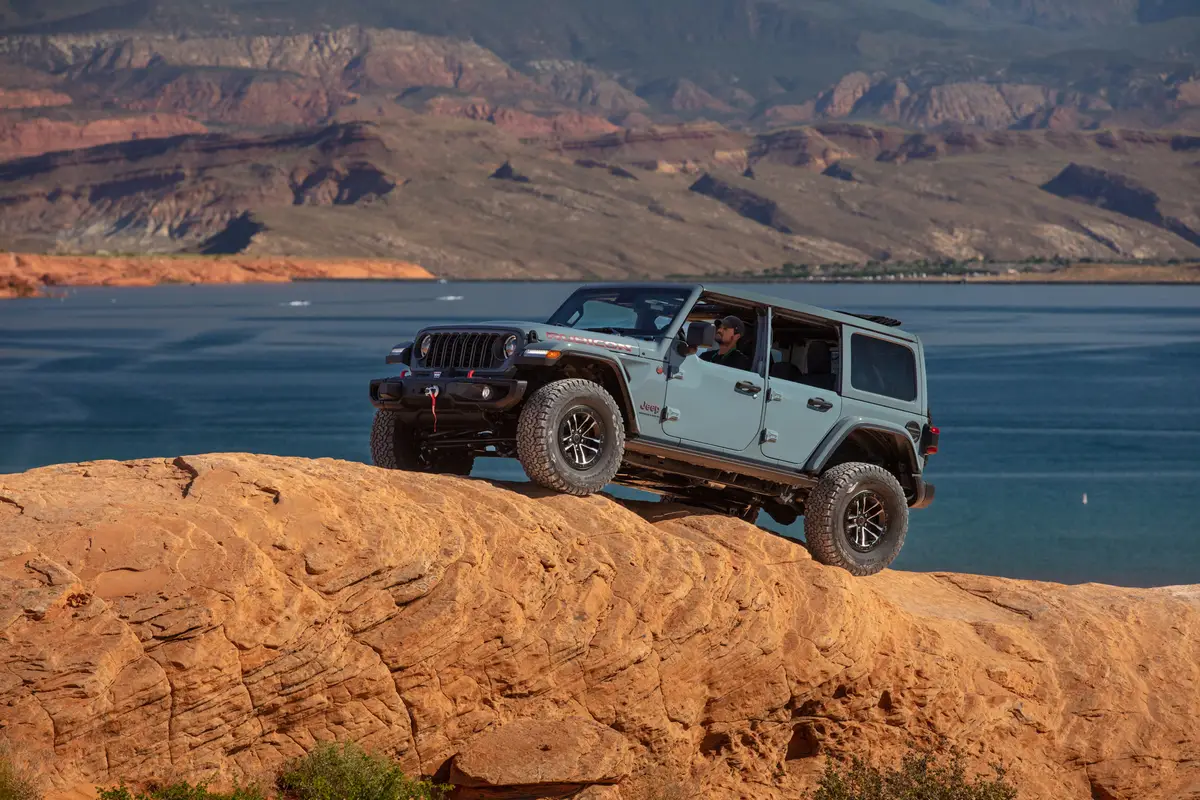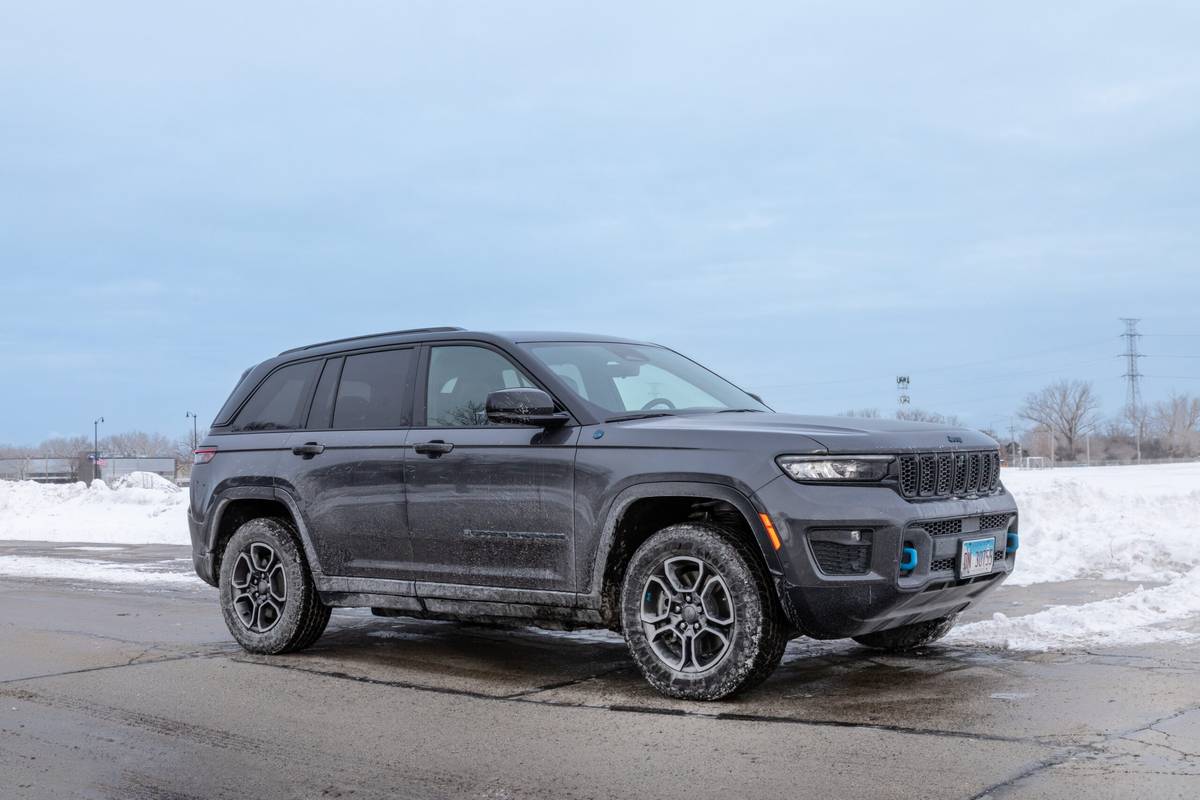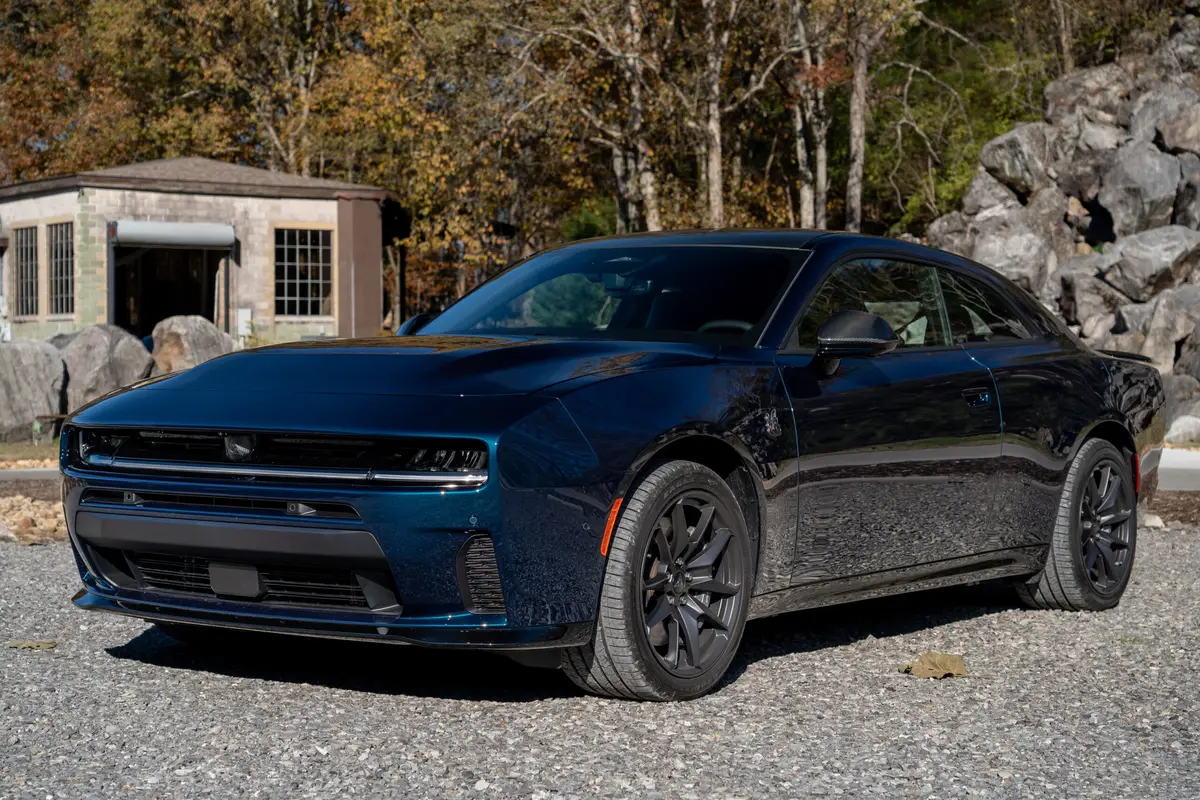The Morning Call and Mcall.com's view
Not only do automobile manufacturers have to offer good cars, they have to offer cars that look good. The case in point is today’s test car, Chrysler’s new LeBaron coupe, a car engineered with sophistication that also happens to be one of the best looking cars to be introduced this year. And this is quite a statement when you consider that this has been a year of some very good looking cars.
Beauty, as the cliche goes, is in the eye of the beholder, and apparently many people who viewed the LeBaron coupe were impressed by its looks. And why not? This aerodynamically styled car is gracefully proportioned from its small but quite distinct looking grille to its softly rounded short-decked truck, and everything in between is either sculptured or flush.
There is some resemblance between the LeBaron coupe and the Thunderbird and I doubt very much if this was intentional. Both just happen to be aerodynamic coupes. No, the LeBaron coupe didn’t copy the Thunderbird. What it did copy, though, is the Maserati/Chrysler sports car that will be introduced sometimes in the near future. So, it is all in the family and who can complain?
The test car (a Premium model supplied by Rothrock Motor Sales Inc., 15th Street and Route 22) proved to be more than just another pretty face. Underneath all that sheet metal was a good amount of technology and engineering. If a car is to compete in today’s market, it had better offer a lot of this.
According to Chrysler, the new LeBaron coupe enters the market as a viable competitor against larger domestic models and smaller upscale import vehicles. This is one tough market but not really an impossible dream. In addition to looks and engineering, the LeBaron also has a lower price tag than most of the competition, a big selling point. More about the price later, let’s get right to the LeBaron.
This five-passenger coupe is built on a 100.3-inch wheelbase and measures 184.9 inches in length, 68.4 inches in width, 50.0 inches in height, and has a curb weight of 3,125 pounds. Driver and front seat passenger have plenty of room to stretch their legs. However, if they stretch them too far, rear seat passengers will feel the pinch. A somewhat unusual feature of the 60/40 folding rear seat, is that either side can be folded down for enlarged through-the-trunk storage space. And even more unusual is that each seatback can be locked. This is the first time I’ve seen this feature on any car.
Slipping behind the wheel for the first times proves to be somewhat of an experience since the car has a passive torso belt. You know something is different when you open the door and the belt is attached to it. In case you have never seen one of these systems, the torso belt (attached to the upper rear of the door frame) is pulled forward, away from the seat back, when the door is opened, and automatically retracts and positions itself across the oc cupant’s chest as the door is closed. It is quite similar to the shoulder belt of a conventional lap/shoulder harness and locks with sudden deceleration.
The torso belt, however, must be used with an ”active” lap belt. This is the old seat belt that must be pulled across and latched in place. This type of restraint system is in compliance with federally mandated passive restraint requirements that initially requires passive restraints on 10 percent of U.S. manufacturer’s passenger cars. The only problem I see with this system is that it is too easy to disconnect and ignore.
The other part of this restraint system, the one that requires no effort whatsoever on part of the driver or front seat passenger, is the knee bolster instrument panel. The bolsters are designed to provide controlled attenuation of the occupant’s forward motion, helping to prevent serious injury. The bolsters, which look just like a conventional lower instrument panel, consist of ap lycarbonate exterior reinforced with a steel substructure. The glove box is an integral part of the passenger side bolster.
Once in place and passively and actively strapped in, the next thing the driver notices is the electronic dash that, when the ignition key is turned on for the first time, goes through its full range of motion before settling down. There really is no middle ground on an electronic dash: You either are awed by them or bored by them. The less expensive Highline model features gauge instrumentation. Both, however, feature a mini-trip computer.
The turbocharged test car had the performance suspension system, larger P205/ 60R15 tires and an overall taut feeling about it. The rack-and-pinion steering had a fast ratio and it took only 2.5 wheel turns to go lock-to-lock . . . only a few feet of driving to realize that this was a very serious car. There was more suspension than most drivers would ever need. Driving enthusiasts, however, could have a good old time taking it through the cloverleafs and corners and running it over the back roads.
The suspension system features a strut-type front suspension with dual- path isolators to reduce road noise and shock, gas-charged shock absorbers and a sway bar, while the rear includes trailing arms and a beam axle with sway bar. The overall ride is on the firm side.
The 2.2-liter/135-cubic-inch turbo four-cylinder engine features multipoint fuel-injection and is rated at 146 horsepower at 5,200 rpm and 170 foot-pounds torque at 3,600 rpm. This certainly is a ”braggin’ ” amount of power for a 3,100-pound car.
The test car was equipped with the optional three-speed automatic transmission, taking some of the sportiness away from the very sporty LeBaron coupe. Nothing at all wrong with this transmission, and like most automatics and turbos, performance off the line takes a fraction to really get going. Once the initial lag is passed, though, theLeBaron coupe moves right along. The standard five-speed manual transmission would, of course, provide a quicker takeoff. In mid- and highway-range driving, the automatic performs quite well.
Fuel mileage was decent. The test car averaged 16 miles per gallon for city driving and 25 miles per gallon over the highways. Premium unleaded gasoline is required for the turbo.
Standard engine for the LeBaron coupe is a 2.5-liter/153-cubic-inch four that is rated at 75 horsepower at 4,800 rpm and 136 foot pounds of torque at 2,800 rpm. Although this engine has less horsepower than the turbo 2.2, torque is quite decent, so it should have adequate performance for all Lehigh Valley driving conditions. This engine also is available in a five-speed manual or automatic transmission.
Base price for the test car is $12,288. This includes a nice level of trim and appointments and standard equipment. The fully equipped test car has a bottom line of $16,530 (including a d elivery charge of $414). The biggest option is the popular equipment package at $2,350. This is a catch-all option that includes air conditioning, rear window defogger, cruise control, tilt wheel and power windows, locks, mirrors and seat. The only two other options are the turbo package (the turbocharged engine, sport suspension, larger tires, cast wheels, AM/FM stereo and power antenna), $625, and the automatic transmission, $529. The price also reflects discounts of $400 on the popular equipment package and $276 on the turbo option.
The LeBaron coupe is covered by Chrysler’s new seven year/70,000 mile warranty on major components.
For the real sports, the LeBaron also will be available in a convertible model later this spring.
Latest news



